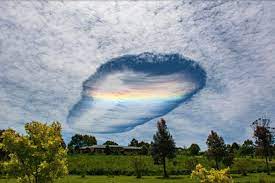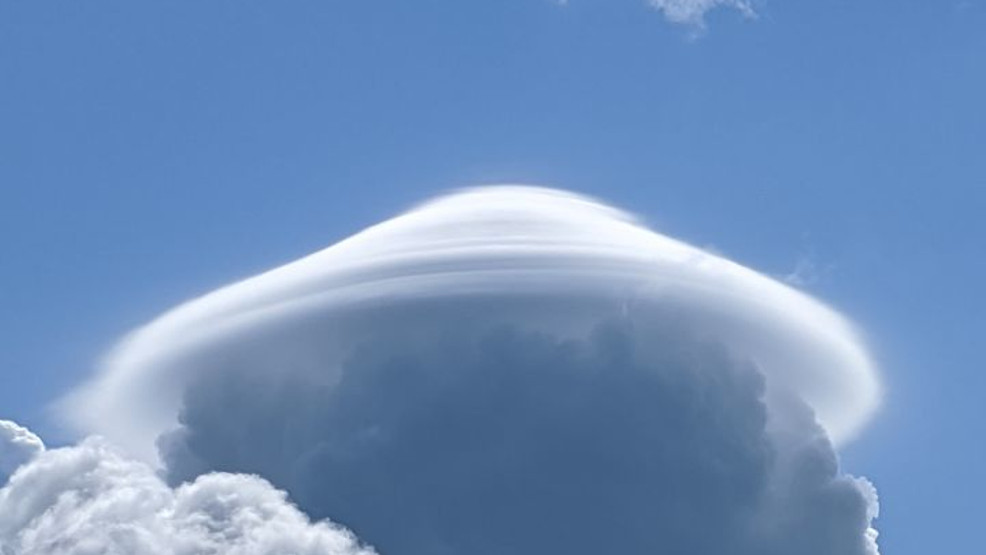
1. Introduction
2. What are Cool Cloud Pictures?
3. The Beauty of Cloud Formations
- Cirrus Clouds
- Cumulus Clouds
- Stratus Clouds
4. Capturing Cool Cloud Pictures
- Choosing the Right Location and Time
- The Role of Lighting
- Utilizing Photography Techniques
5. The Art of Editing Cloud Photos
- Enhancing Colors and Contrast
- Removing Distractions
- Adding Special Effects
6. Popular Cloud Photography Destinations
- Grand Canyon, Arizona
- Lake Tekapo, New Zealand
- Salar de Uyuni, Bolivia
7. Tips for Cloud Chasers and Photographers
- Patience is Key
- Safety First
- Embrace Creativity
8. Conclusion
Introduction:
Cool Cloud Pictures, The sky, an ever-changing canvas, offers a mesmerizing display of clouds that fascinate both the young and the old. Capturing these fleeting moments through photography has become popular, as cloud pictures possess a unique charm and allure. This article will explore the enchanting world of cool cloud pictures, the techniques behind capturing them, and the magic of editing to create stunning visuals.
What are Cool Cloud Pictures?
Cool cloud pictures refer to photographs that feature captivating cloud formations, showcasing the sky’s artistic beauty. These images often display a myriad of shapes, colours, and textures of clouds, transforming the ordinary into the extraordinary. Each formation is a work of art, from wispy cirrus clouds high in the atmosphere to the puffy cumulus clouds floating like cotton candy.
The Beauty of Cloud Formations.
- Cirrus Clouds:
Cirrus clouds, delicate and wispy, paint the sky with intricate patterns. Formed at high altitudes, these feathery clouds are composed of ice crystals, reflecting sunlight to create stunning hues during sunrise and sunset. Photographers chase these ethereal formations to capture their grace and elegance against vibrant backdrops.
- Cumulus Clouds:
Cumulus clouds, resembling fluffy cotton balls, evoke a sense of playfulness in the sky. They develop due to convective air currents and are commonly seen on sunny days. These voluminous clouds cast dynamic shadows on the landscape below, making them an ideal subject for photographers to experiment with light and composition.
- Stratus Clouds:
Stratus clouds stretch across the sky like a thick, grey blanket. Low-lying and uniform, they often bring overcast conditions and gentle drizzles. While they may seem less dramatic, their softness and simplicity can add a touch of tranquility to cloud pictures.
Capturing Cool Cloud Pictures.
Capturing mesmerizing cloud pictures requires a blend of patience, skill, and a keen eye for detail. Here are some essential tips to help photographers seize these enchanting moments:
- Choosing the Right Location and Time:
To capture cool cloud pictures, location and timing are crucial. Scenic spots with captivating landscapes provide the perfect backdrop, enhancing the overall impact of the photograph. Additionally, planning the shoot during the golden hours of sunrise or sunset infuses the clouds with warm, golden hues, elevating the visual appeal.
- The Role of Lighting:
Lighting plays a pivotal role in cloud photography. Soft, diffused light on cloudy days reduces harsh shadows, creating a balanced and pleasing composition. On the other hand, dramatic lighting(Read more) during storms or sunsets can add depth and drama to the images, making them stand out.
- Utilizing Photography Techniques:
Experimenting with photography techniques allows artists to unleash their creativity. Long exposure shots can capture the movement of clouds, giving an ethereal feel, while using a telephoto lens helps isolate interesting cloud patterns, bringing them into focus.
The Art of Editing Cloud Photos.
While capturing the raw beauty of clouds is essential, editing adds the final touch to bring out the full potential of cool cloud pictures. Here are some editing techniques to consider:
- Enhancing Colors and Contrast:
Adjusting colours and contrast can transform a good picture into a captivating one. Amplifying the colours of the sky and clouds while balancing the contrast enhances the visual impact, making the image more engaging.
- Removing Distractions:
Editing allows removing any distracting elements that may divert attention from the clouds. This ensures that the focus remains solely on the cloud formations, drawing the viewer into the heart of the photograph.
- Adding Special Effects:
Applying special effects, such as vignettes or light flares, can add a touch of artistry and uniqueness to cloud pictures. However, it’s important to use these effects sparingly, ensuring that they complement the overall composition.
Popular Cloud Photography Destinations.
Certain destinations around the world offer spectacular cloud photography opportunities. Here are a few of the most picturesque locations:
- Grand Canyon, Arizona:
The Grand Canyon’s vast expanse provides a breathtaking canvas for capturing awe-inspiring cloud formations. The interplay of light and shadows on the canyon walls combined with the ever-changing sky offers a photographer’s dream.
- Lake Tekapo, New Zealand:
Known for its clear skies, Lake Tekapo is an excellent spot for astrophotography as well as cloud photography. The tranquil lake surrounded by picturesque mountains creates a serene backdrop for cloud pictures.
- Salar de Uyuni, Bolivia:
The world’s largest salt flat, Salar de Uyuni, offers a surreal landscape that mirrors the sky during the rainy season. The stunning reflections of clouds on the salt flats create a magical and otherworldly experience.
Tips for Cloud Chasers and Photographers.
For those embarking on the journey of capturing cool cloud pictures, here are some valuable tips:
- Patience is Key:
Cloud formations are ever-changing, so patience is essential. Waiting for the perfect moment can yield extraordinary results.
- Safety First:
When photographing clouds in open landscapes, ensure safety by being aware of weather conditions and surroundings.
- Embrace Creativity:
Don’t be afraid to experiment and think outside the box. Let your creativity guide you to unique and captivating cloud pictures.
Conclusion:
Cool cloud pictures have the power to transport viewers into a world of wonder and imagination. Photographers can create visual masterpieces that leave a lasting impression by capturing the fleeting beauty of cloud formations and harnessing the art of editing. So, the next time you look up at the sky and witness the clouds’ dance, remember that you have the tools to capture their enchanting performance forever.
FAQs:
Q1: Can I capture cloud pictures with a smartphone?
A1: Absolutely! With advancements in smartphone cameras, you can capture stunning cloud pictures, especially during favorable lighting conditions.
Q2: Do I need expensive photography equipment for cloud photography?
A2: While professional gear can enhance the quality of your images, it’s not a necessity. Many captivating cloud pictures have been taken with entry-level DSLRs or even smartphones.
Q3: What weather conditions are best for capturing cloud pictures?
A3: Cloud photography is possible in various weather conditions. Sunny days offer well-defined cloud formations, while cloudy days provide soft lighting for a dreamy effect.
Q4: Are there any safety precautions for cloud photography?
A4: Yes, safety is crucial. When shooting outdoors, be mindful of uneven terrain, steep drops, or changing weather conditions.
Q5: How can I showcase my cloud pictures to a wider audience?
A5: You can share your cloud pictures on social media platforms, and photography communities, or even participate in photography exhibitions and contests.
